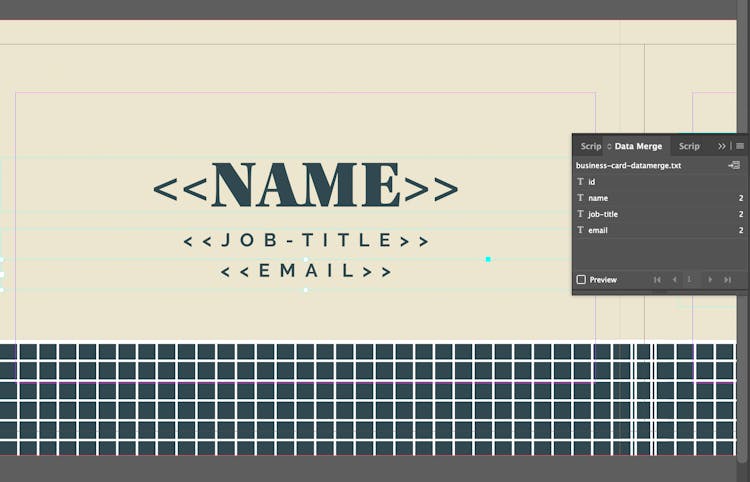

If you imported this as a link, you can update your XML file as needed, and just update the link in InDesign to see the changes. Assign the name, title, and desc tags to the styles, and hit OK. Finally, go to the flyout menu on the Structure panel, and choose Map Tags to Styles. On the last element (description), also include some Space After to give the entries some separation. The only feature which can define very precise conditions (and act upon it) is GREP. If you haven't done so already, create paragraph styles for each of your elements. InDesign doesn't offer any conditional formatting upon importing text or generating content with data merge. Drag the top-most element (probably called "document") onto your flowing text frame. In the Import Options window, you'll probably want to select "Create link", but the rest of the defaults are fine. The end result should have every line of your XML file starting with the Import XML, and choose the file you saved. For the Replace text, leave it blank and then choose Replace All so that we're effectively erasing all the tabs. Since we set the indentation to use tabs above, you can select a tab character, copy it, and paste it into your text editor's Find & Replace window, under what to Find. This can be a bit tricky, but we need to "flatten" the XML since InDesign will interpret tabs and line breaks in our XML literally.
#Indesign data merge text formatting code
Finally, click the button to convert it.Ĭopy the formatted XML that it creates, then paste it into a plain-text editor or code editor. Other websites probably use something different.) Under the second box, choose Tab as your delimiter character, and choose Tab delimited as the XML indentation level. (Note: this template style is specific to the website referenced above. Data merge is the InDesign function that allows you to connect a spreadsheet to an InDesign file and automatically populate tagged fields.It is a time-saving function if you need to create repetitive documents where the layout is static and the. Navigate to where you saved your file from your spreadsheet. Here we list five tutorials, each one focused on the creation of a different kind of document. Import your data to InDesign via the Data Merge panel which can be found under Window > Utilities > Data Merge. The first, second and third columns of each data row will be placed where #1#, #2# and #3# are in this template. Data Merge is a very useful InDesign function. Going by your example, the template would look something like this: #1# In the second box, you'll need to create a template that matches your data. Copy your data from Excel (minus any headers), and paste it into the first box. You can use an online tool to do the conversion. I've done something similar setting up a dictionary of terms for a book, and it works great once you get it set up.

You'll probably want to use XML for this.


 0 kommentar(er)
0 kommentar(er)
